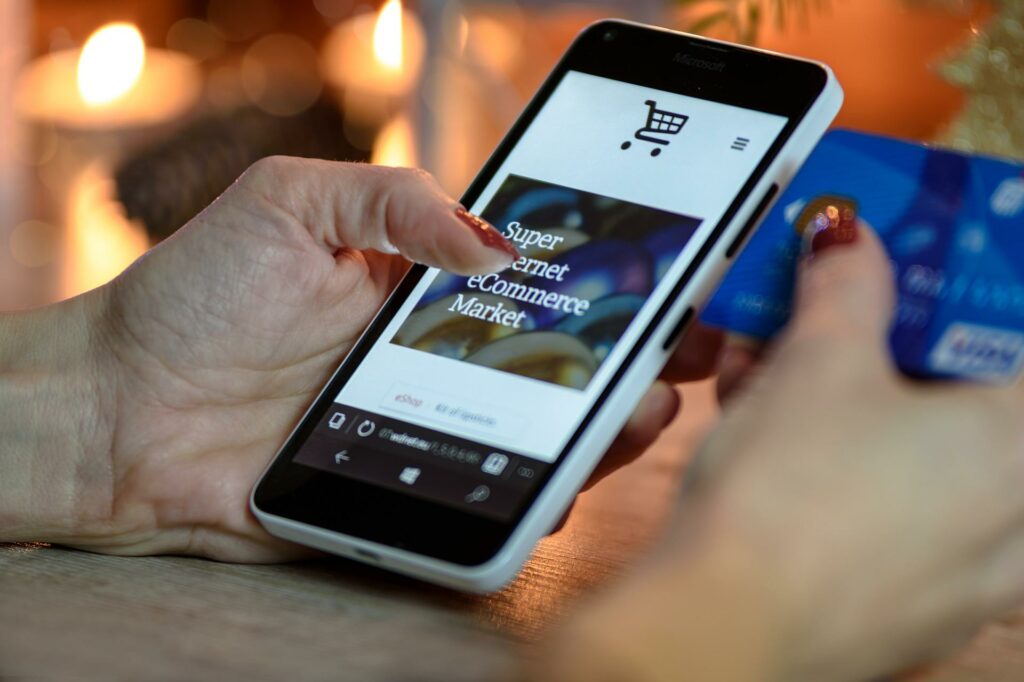In recent times, customers have been provided with many options while looking to buy their desired products. These options range from a few dozens to several hundreds. Along with the tremendous expansion of retailers over the past few years, the information available to customers has also expanded. Smart shoppers like to take their time researching about the products they had been wanting to buy.
Before making their buying decisions, they consider the overall customer experience that the products offer. Never before have consumers wielded such power. With such variety of choices in almost all the products, brand loyalty has been waning gradually. Today, they usually look for the products that best serve their needs at a certain point.
So, they don’t mind switching between retailers and online stores while making their purchase. Even the luxury retailers are feeling the winds of change while trying to keep their customers happy. The wealthy customers also tend to go around, looking for their best option. Under such circumstances, the retailers have been trying to find the most innovative ways to attract customers.
Besides, the technological advancements have also provided retailers with certain tools. They have helped retailers considerably in attracting new customers and retaining the existing ones.
Technologies driving marketing and sales
It seems that there’s no dearth of technologies for driving the sales and marketing efforts of retailers. However, these technologies haven’t been effective in working together. The amount of data that a business gathers keeps growing at an unbelievable rate. Yet, the number of available staff for analyzing such huge volumes of data remain more or less the same.
In this situation, it becomes important to ensure the use of information in a correct manner. The retailers must also take utmost care that they don’t contribute towards the problem of data silo. A good solution is to find a technology that can handle such huge volumes of data.
It’s also important to focus the data in a direction that doesn’t overwhelm but benefits the marketing efforts. As time goes on, it will become even more important to approach marketing like a data scientist.
Consumers choosing multichannel buying experiences
While it appears that almost every customer is shopping online, they’re also going for in-store purchases. There are certain benefits that e-retail provide and one of them is reduction in shipping times. So, nearly 96% of the Americans use online shopping in today’s times. It is also true that these Americans spend almost 65% of their overall shopping budget in land-based shopping establishments.
So, it’s quite clear that the customers like online as well as offline shopping experiences. They generally prefer retailers who can facilitate such transactions in the best possible way. One also considers the mobile retail revolution that has gripped almost every country in the world.
It has facilitated the combination of in-store research and online purchase. This is simply viewing a particular product in a physical store and making the purchase online. A win-win for online and offline retail would be free delivery of online orders to a local store.
The need to create a unique customer experience
There’s no denying that many customers are also into serving people in their own jobs. So, whenever they’re on the other side of the counter, they’d want to feel special. The biggest contributor towards brand loyalty is customer experience. A negative experience can significantly affect the chances of a customer’s repeat visit.
Promotions and offers do help to a great extent and make the customer feel important. The key to create an experience that’s truly unique is personalized service. If the retailers make constant efforts to know their customers well they can also serve them well. An example here would be getting to know them from their previous purchases and interests.
The retailers can use this information to serve them in a better way. This is how retailers can drive brand loyalty. The methods employed to make this happen would greatly depend on the size of the business. Something as simple as a quick chat with customers can make a big difference.
Sending the customers personalized content is also a great way to connect with them. Sending offers through the email or contact number that the customers prefer would be the best approach. The content must, in some way, anticipate their needs and wants. It must also guide them down the sales funnel towards making their next purchase.
Customers’ expectation of a seamless experience
A regular online customer would want to be treated as one even while at the retail business’s land-based location. In online as well as in-store experiences, customers would want the same products to be available. They’d also want a seamless experience. If they’ve made a purchase online earlier during the day, the in-store system must have a record of it.
The retailers can create this fluid online-offline experience for their customers. This is usually done with the help of a centralized customer data. The customer profile must be easily accessible. This can help retailers in promoting some excellent loyalty programs. Such programs are used not only to reward customers but also deliver relevant content. Across all the points of interaction, the data must be integrated.
Siloed customer data
Today, it has become a lot more important for retail businesses to engage with customers. So, the modern techniques of marketing use different channels for this purpose. They include text messaging, social media pages, and email. These multiple channels help the retailers in creating a great customer experiences. The problem is that with these different channels, the customer data can become siloed.
If the different teams in the marketing department don’t work together and communicate efficiently, customers can be overwhelmed with repetitive information. This overload of conflicting or repeat messages can easily create the opposite of what was originally intended. As a result, the customers can easily move on to the competitors if they’re more clear in their communications.
This explains the importance of having the right technologies and communication procedures. This would ensure that all the marketing teams are on the same page. A clear strategy would help them in working together instead of going in different directions. This will not only save time, money and efforts but also avoid any negative customer experience.

